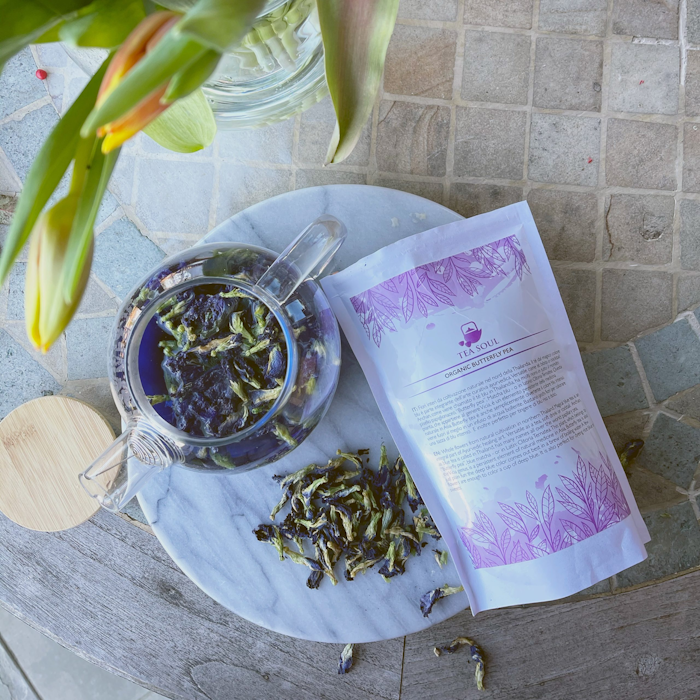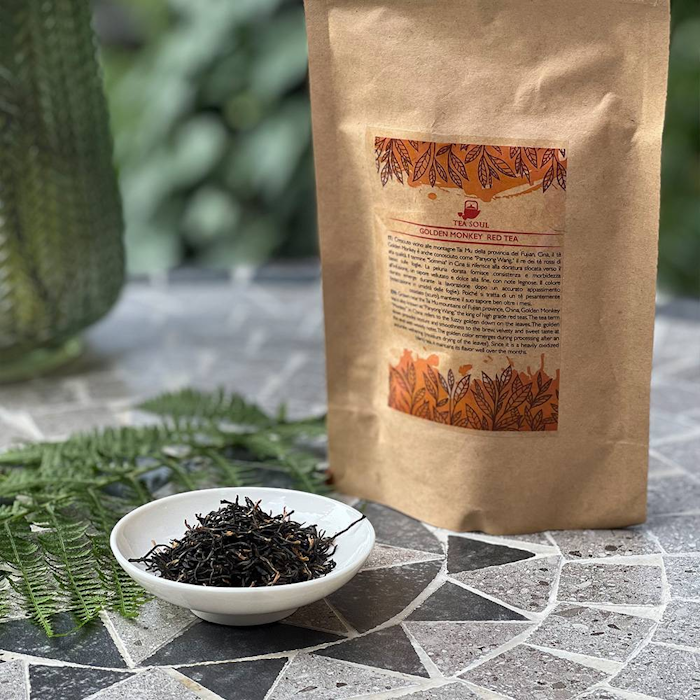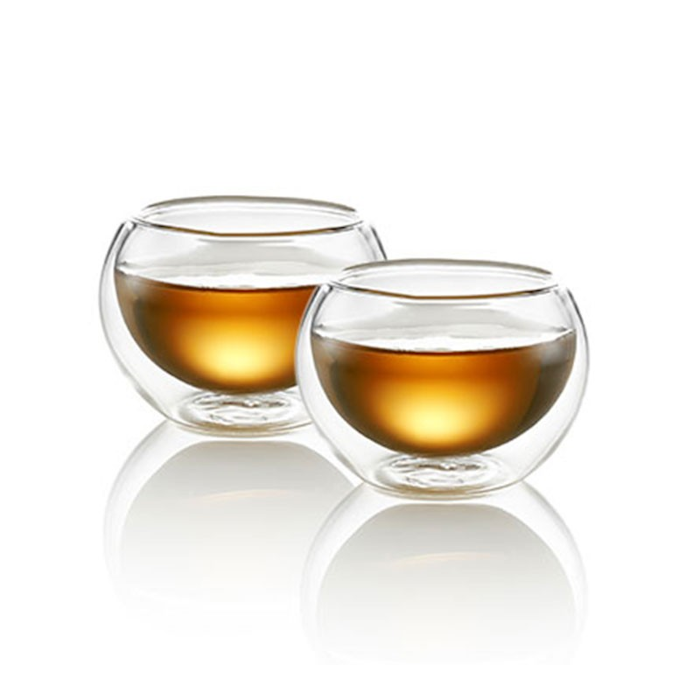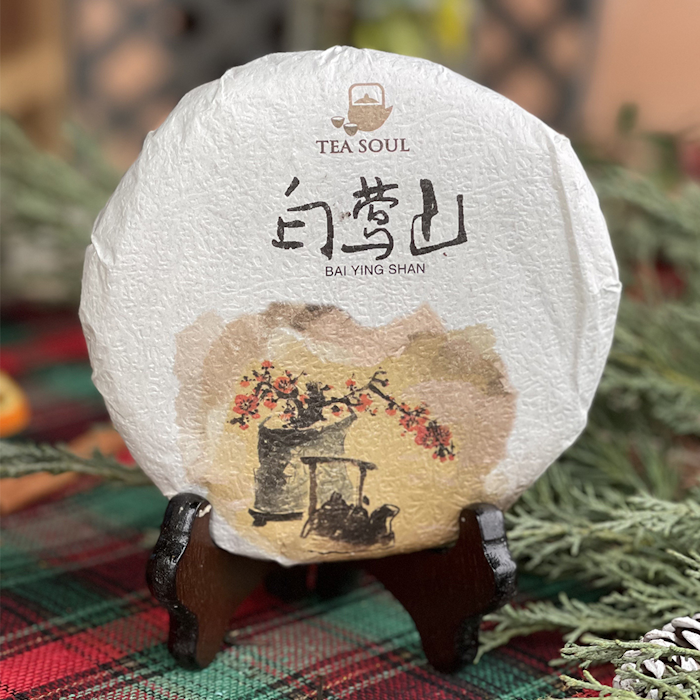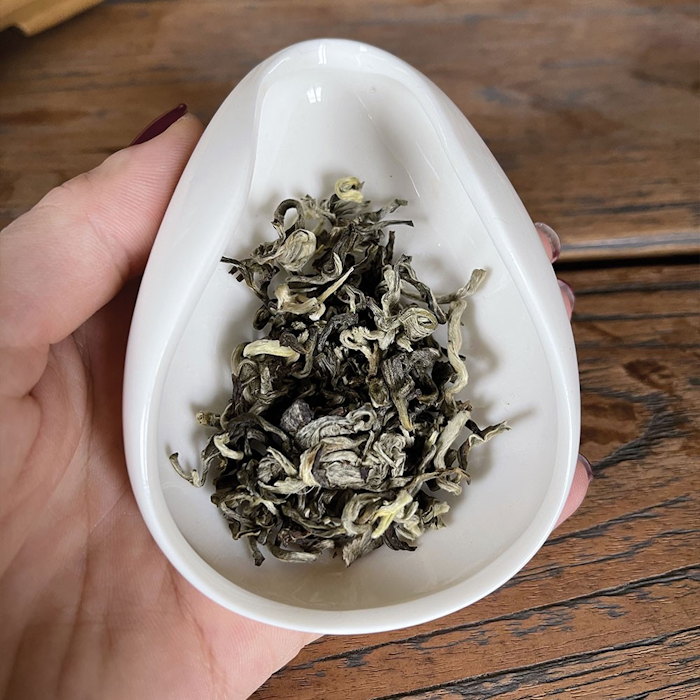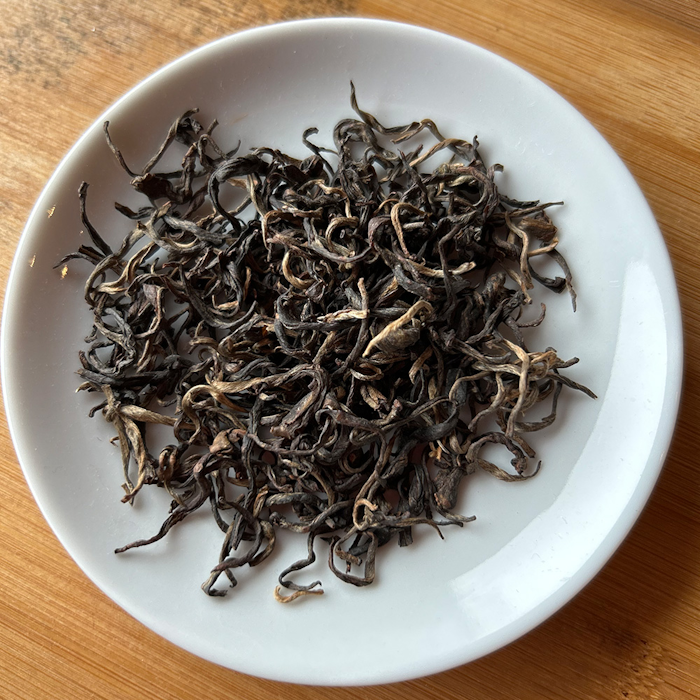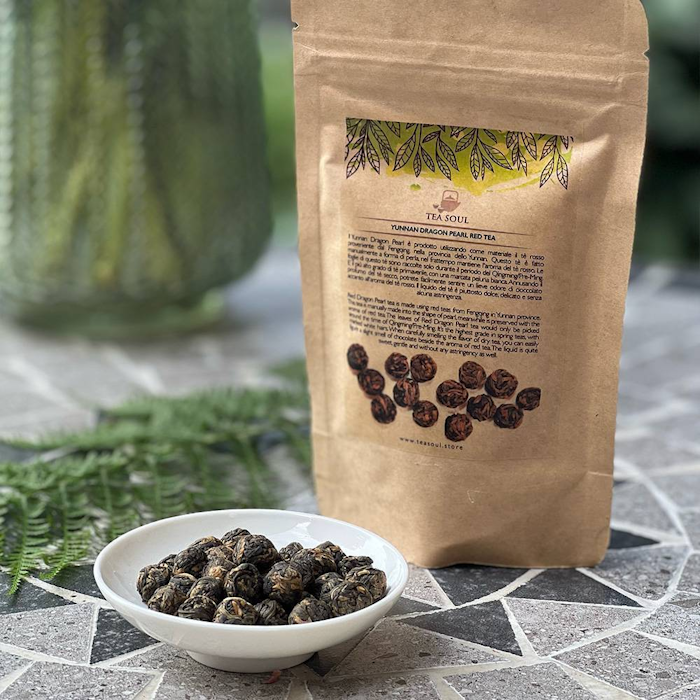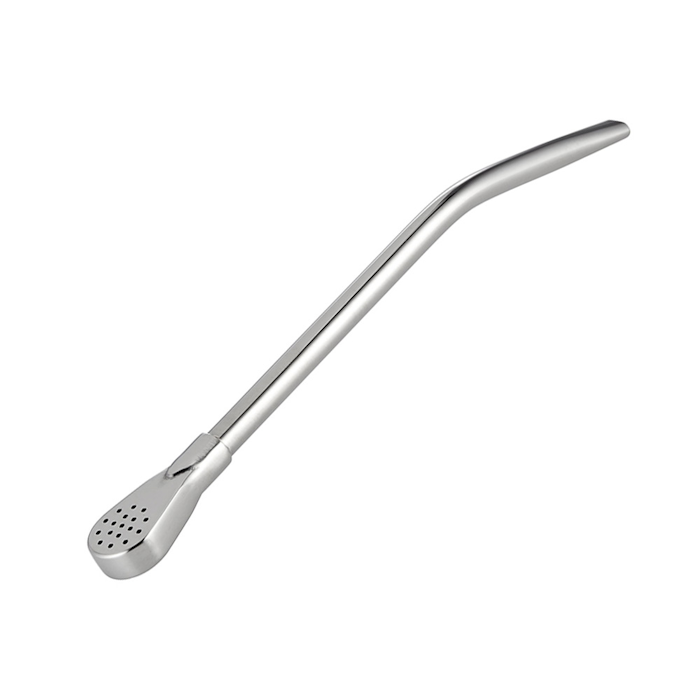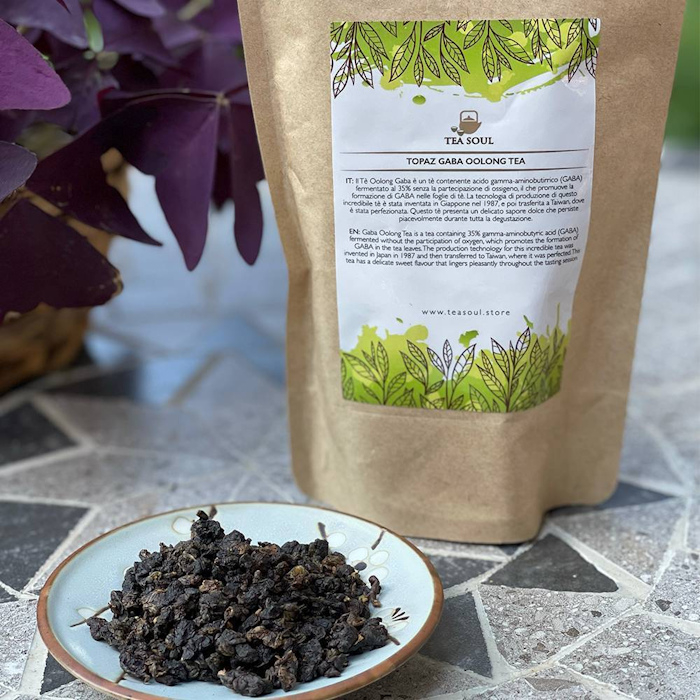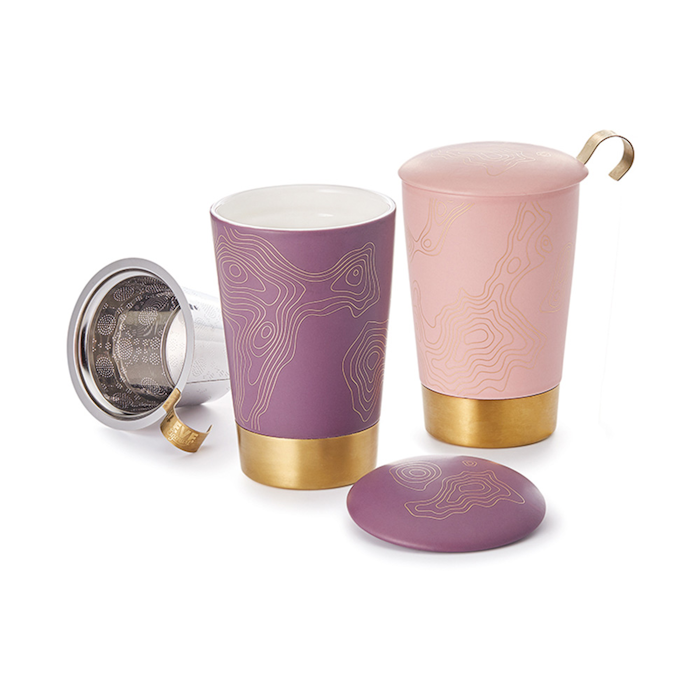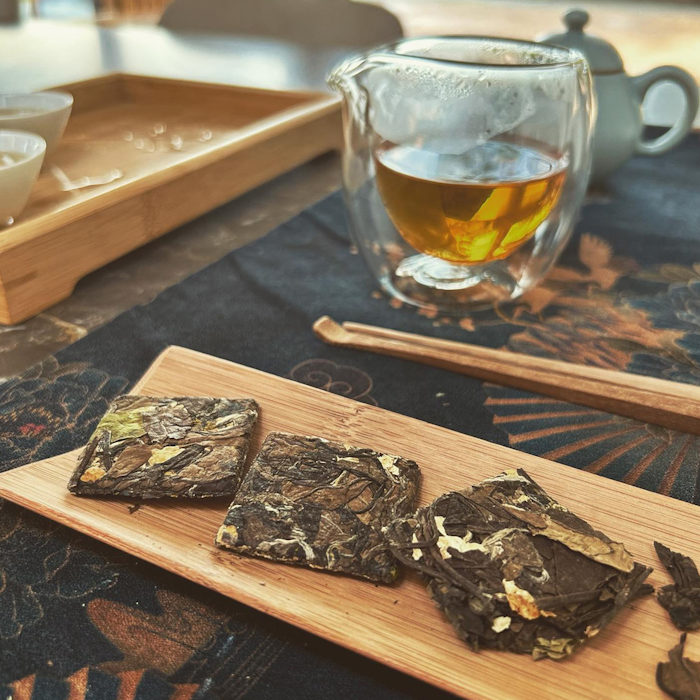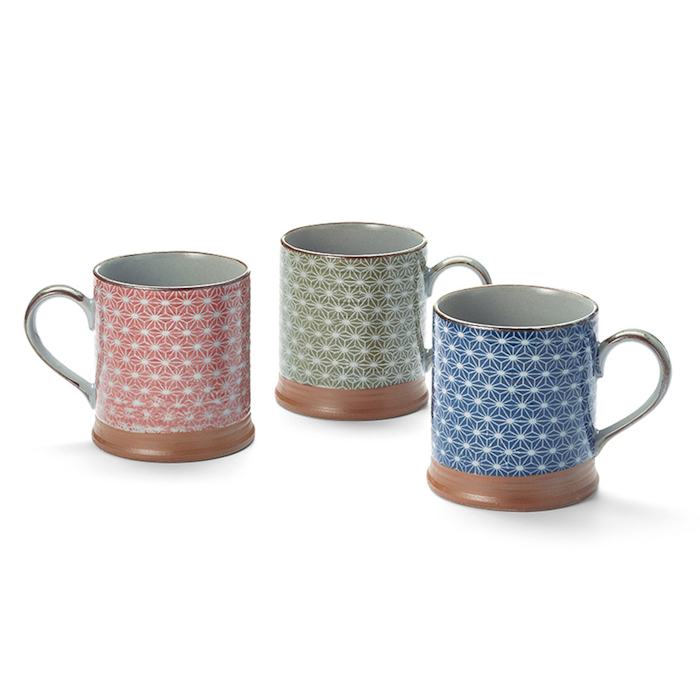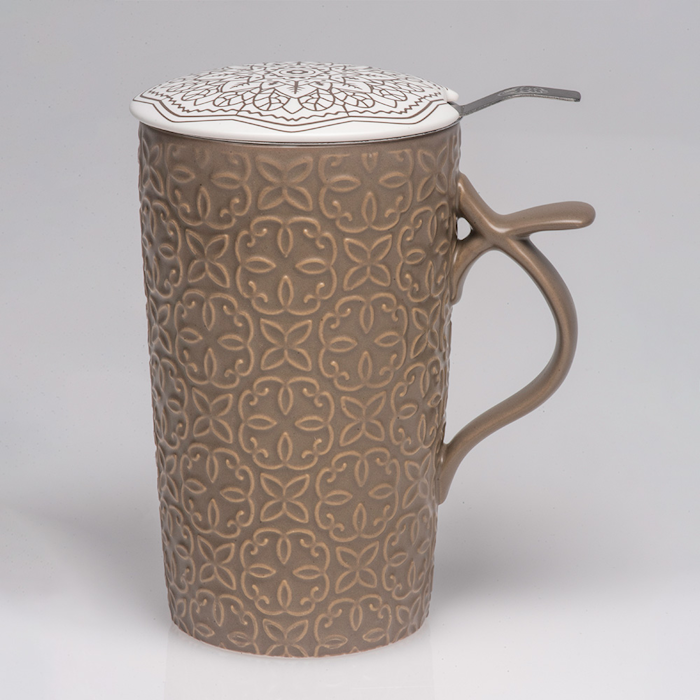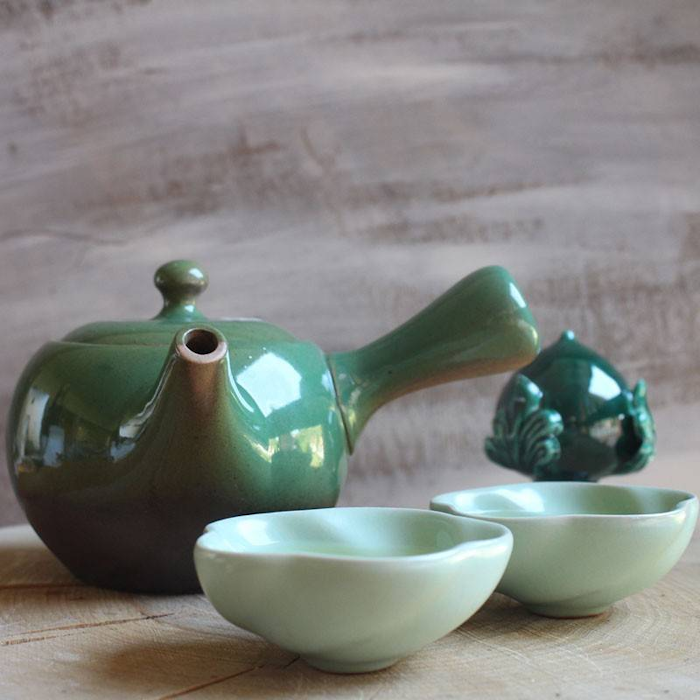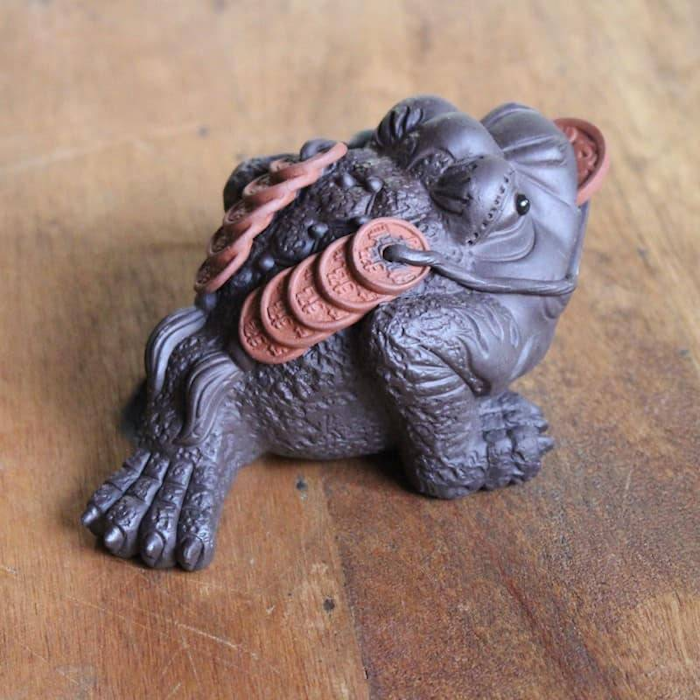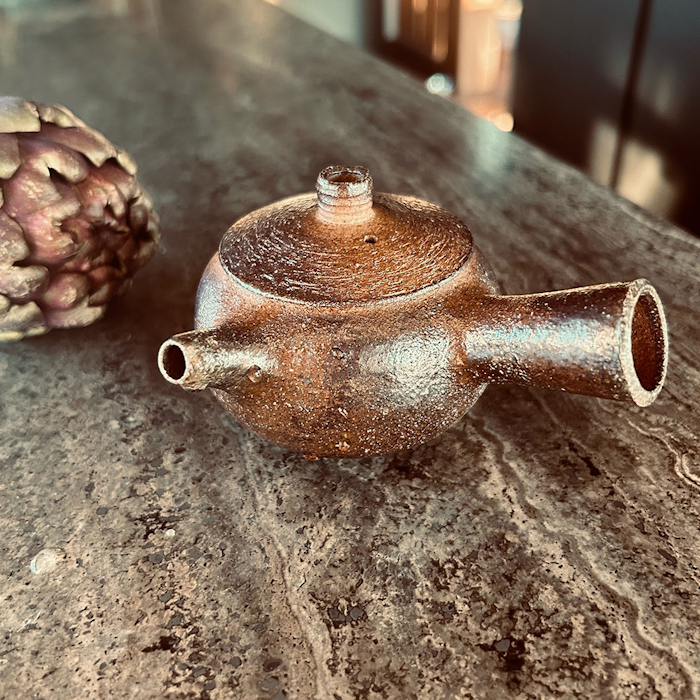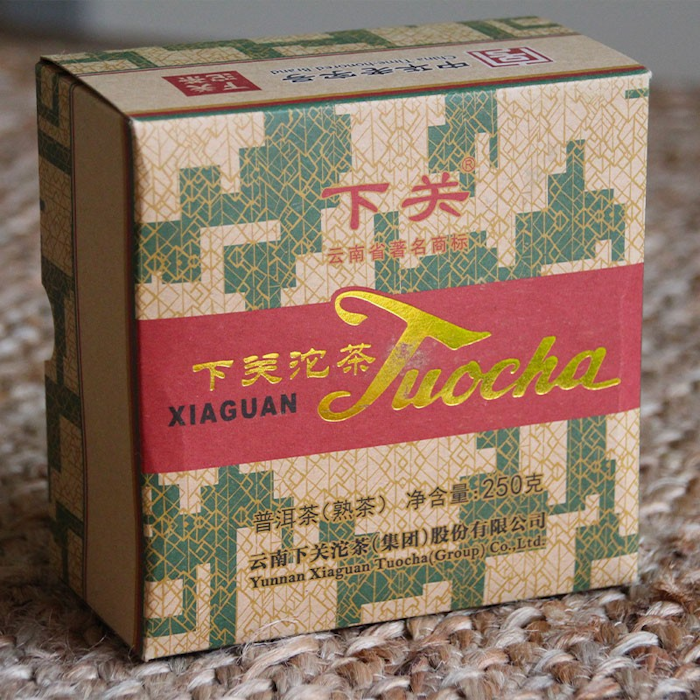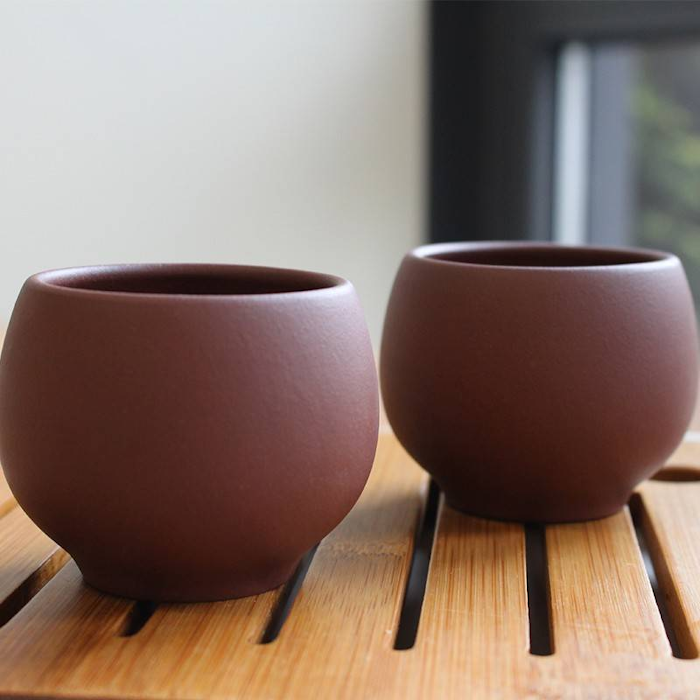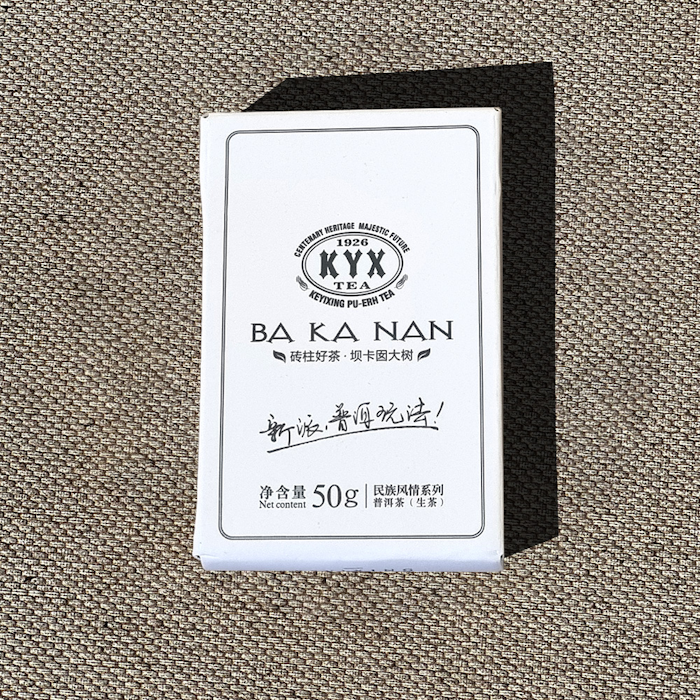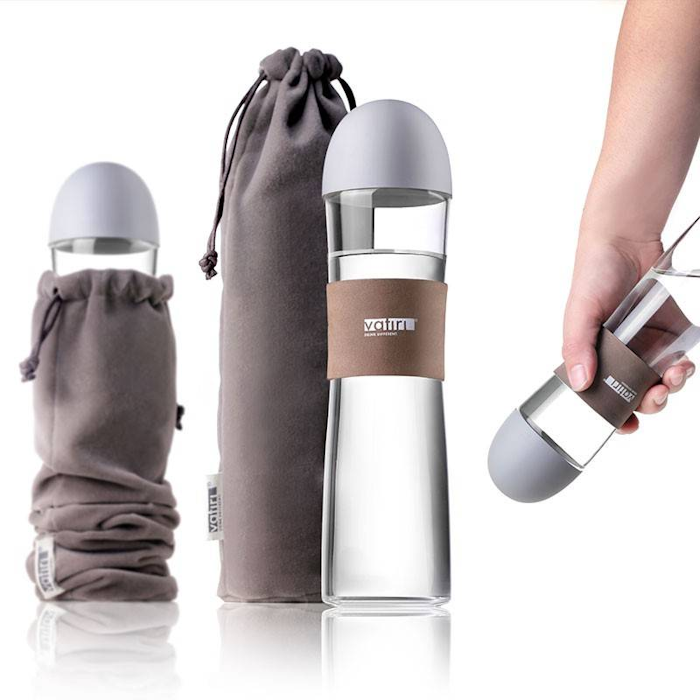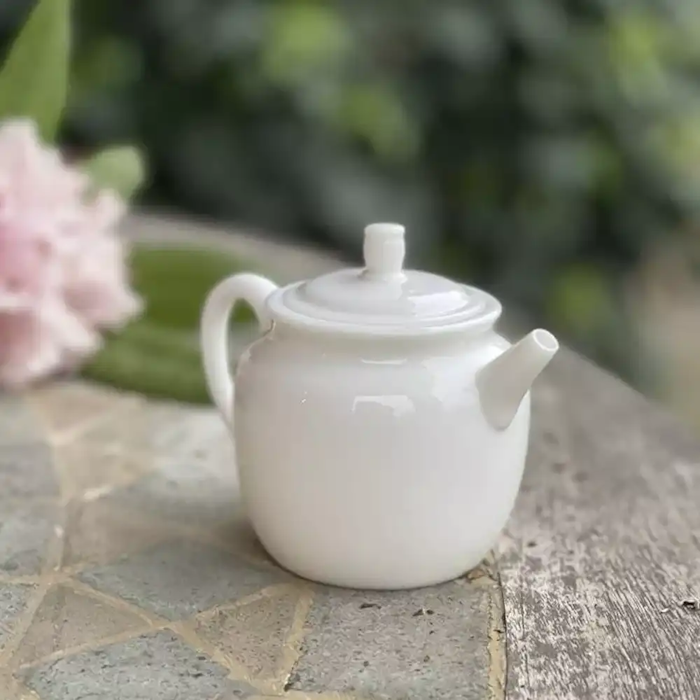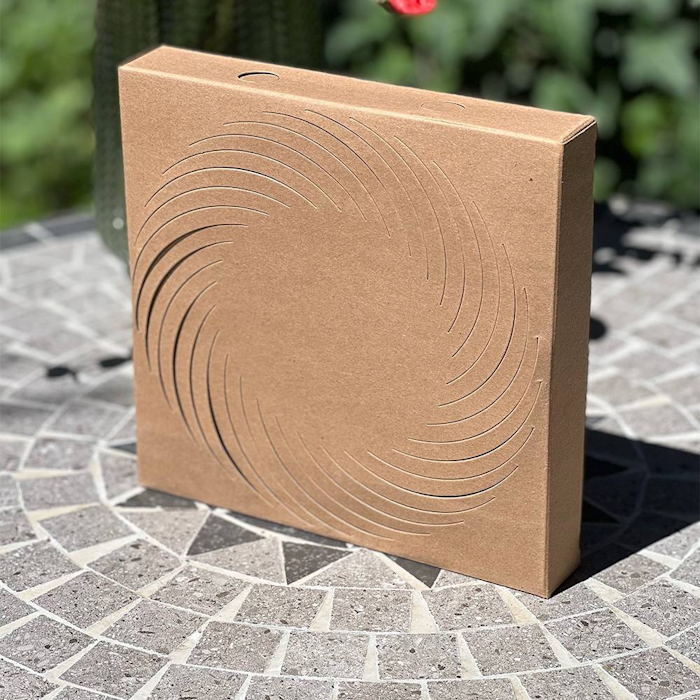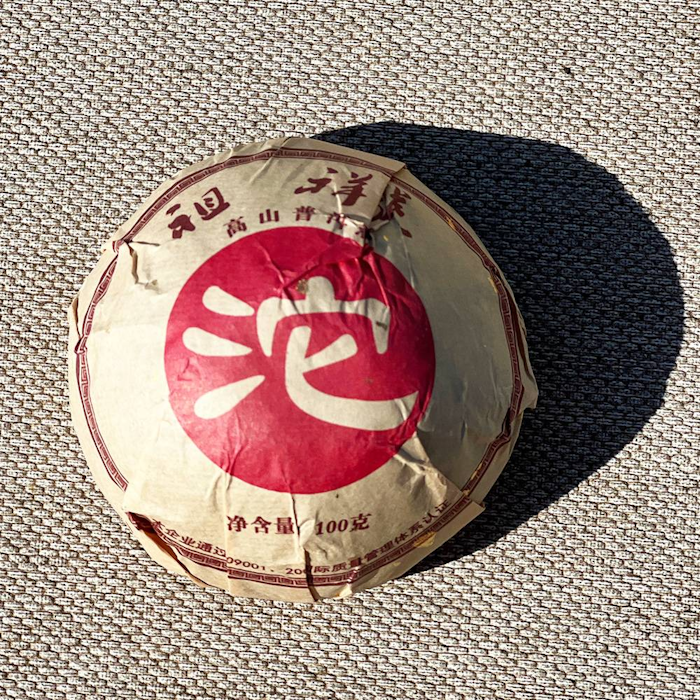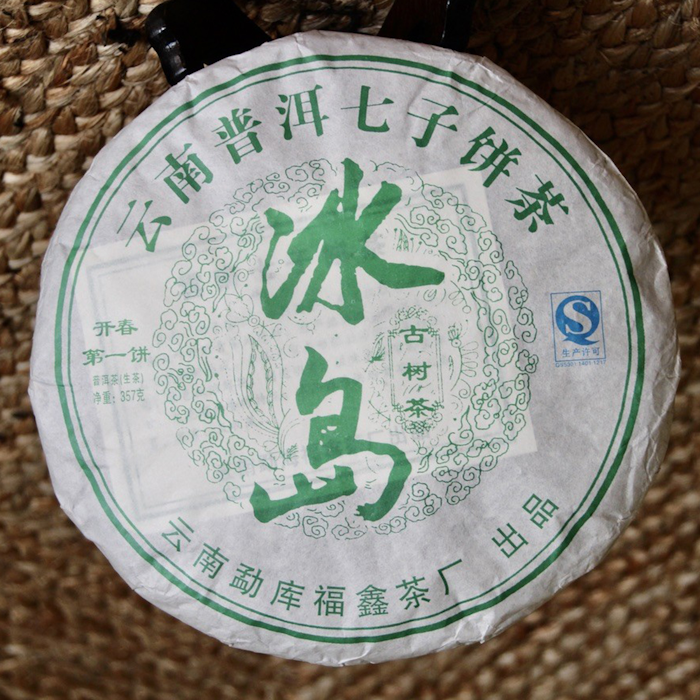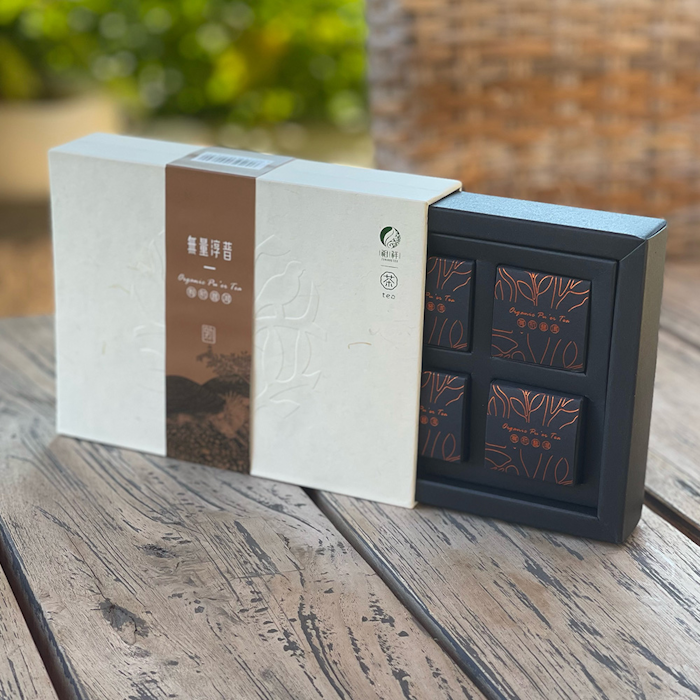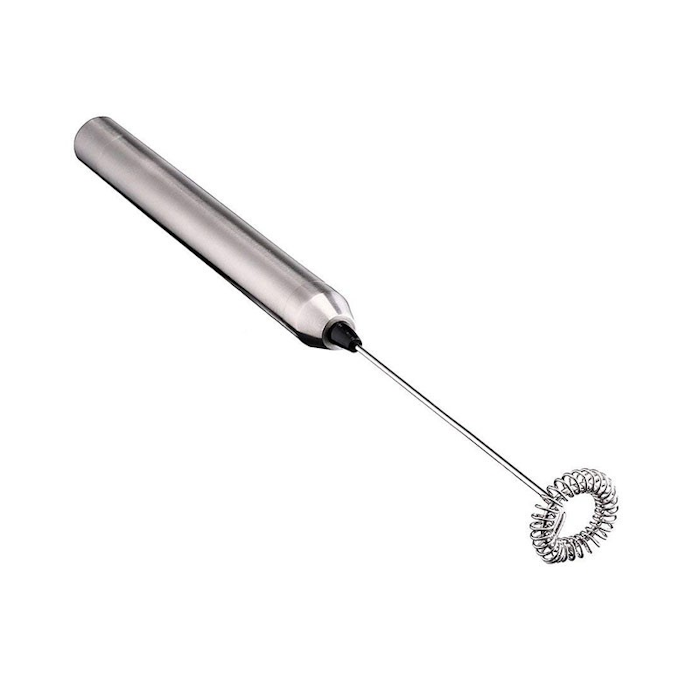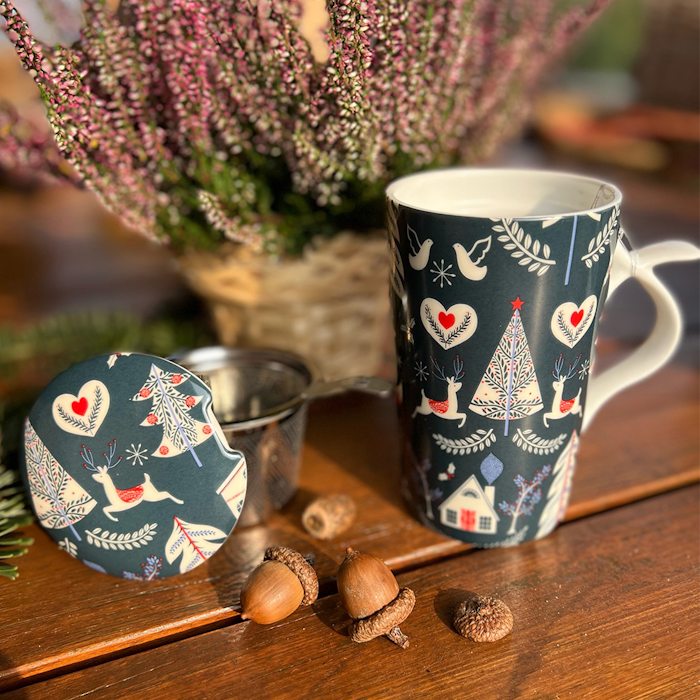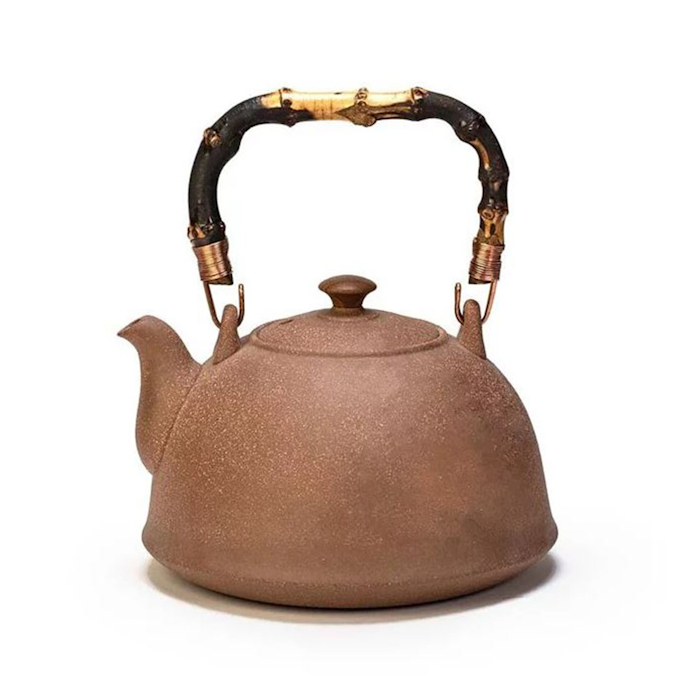The leaves of puer sheng (raw) Old Tree Leaf Tea Cake 357g come from southern China. To better understand this product, it is necessary to delve into the area of origin of its leaves since, in most cases, it is the place of origin itself that gives the tea its name and main organoleptic qualities.
This puer, specifically, is composed mainly of the crop made in the mountainous area of Bulang, in southern Yunnan. The leaves in question are grown in a small, 30-year-old plantation at an average altitude of 1,200 meters. This is a tea harvested in spring and the proportion is one bud, three leaves.
The liquor of Puer Sheng (raw) Old Tree Leaf Tea is mainly characterized by herbal scents. During tasting in particular, herbaceous and pungent flavors will be picked up accompanied by a moist and fresh note. Due to the particular time of ripening in which this puer is found, the taste will not be characterized by sweet notes, but rather by a citrusy and intense flavor similar to that of lemongrass.
Location of origin
Bulang Mountains, China
Production
After harvesting, the leaves are left to wither in the sun for a certain amount of time depending on the producer before going through the "killing the green" stage, which is purportedly similar to that used to produce green teas. The special feature, in this case, lies in not heating the leaves as much as is done for a green tea so that certain enzymes capable of changing flavors over time are preserved. Once cooked, the leaves are allowed to rest overnight before concluding the drying process in the sun. At this stage the product is called maocha and is ready to be (eventually) pressed in order to obtain the best conditions for transport and aging. To press the leaves they are passed through for a few seconds by a strong jet of steam so that they are made soft on the outside and are then gathered into a sock or sack that will give the product its usually discoidal shape. To ensure that this structure remains fixed over time, the sack is left for hours under a stone or mechanical press while the leaves lose that residual moisture taken up by the steam in the previous stage.
Preparation
We strongly recommend infusing this tea in the traditional Chinese method (Gong Fu Cha) with a gaiwan with a capacity of about 150 ml. By following this preparation, multiple infusions can be made with 5 grams of leaves that are useful to best capture all the flavor nuances of the tea.
Heat the water to a temperature of 90°C: proceed to briefly rinse the leaves and then to an initial infusion of 20 seconds. Keeping the water at the same temperature, you can then continue to exploit the same leaves by adding more water and increasing the infusion time by 10 seconds each time (20 - 30 - 40...).
This tea has a longevity of about 7 infusions.
For a more classic preparation in the Western style, we recommend 2.5 grams of leaves in a 200 ml cup with water at 90°C for an infusion time of 2 1/2 minutes.
For a better tasting experience, we suggest that you strain the tea as soon as the infusion time is over. The infusion times we suggest can be slightly modified to your liking to achieve a more or less intense taste.











